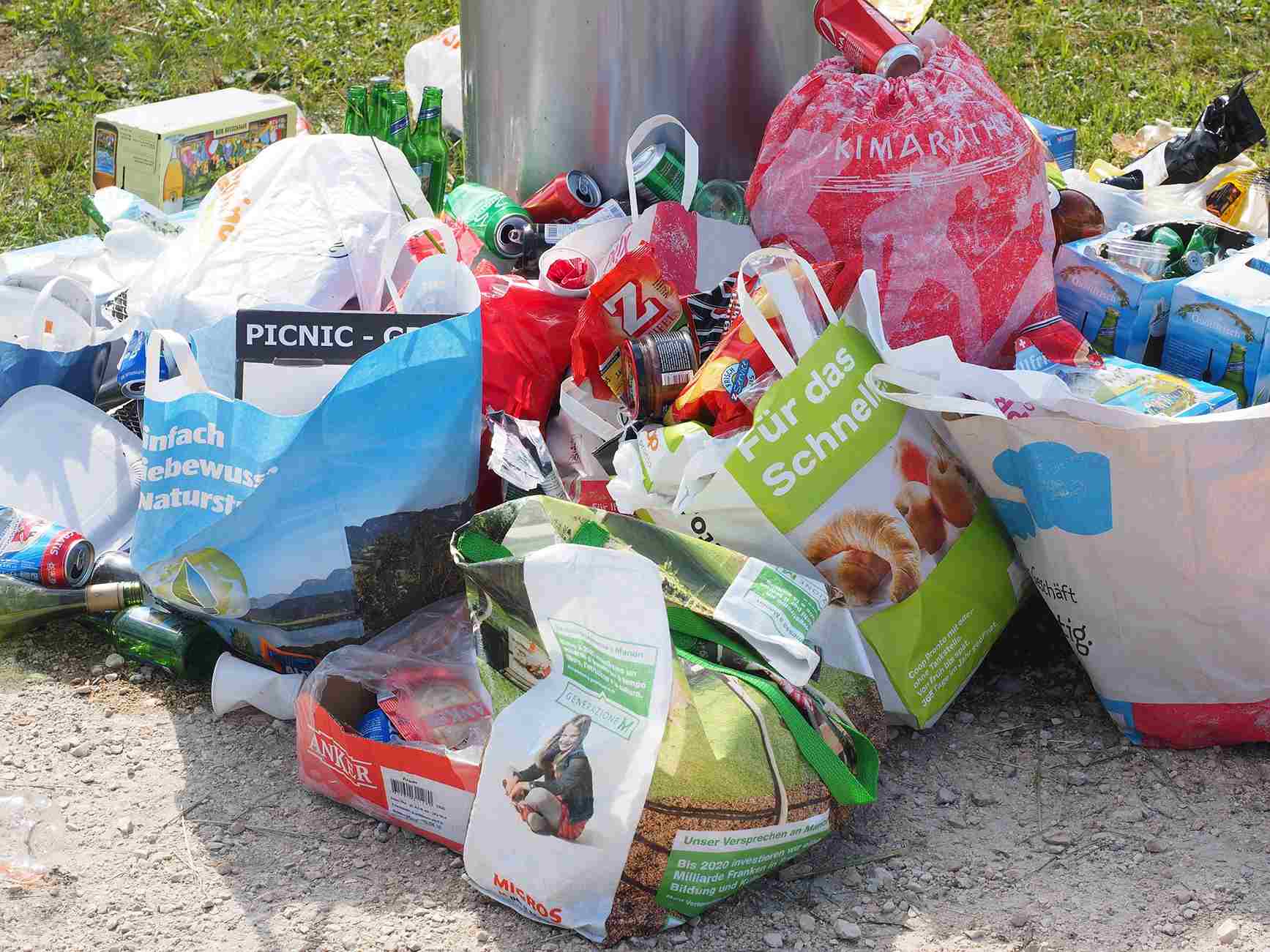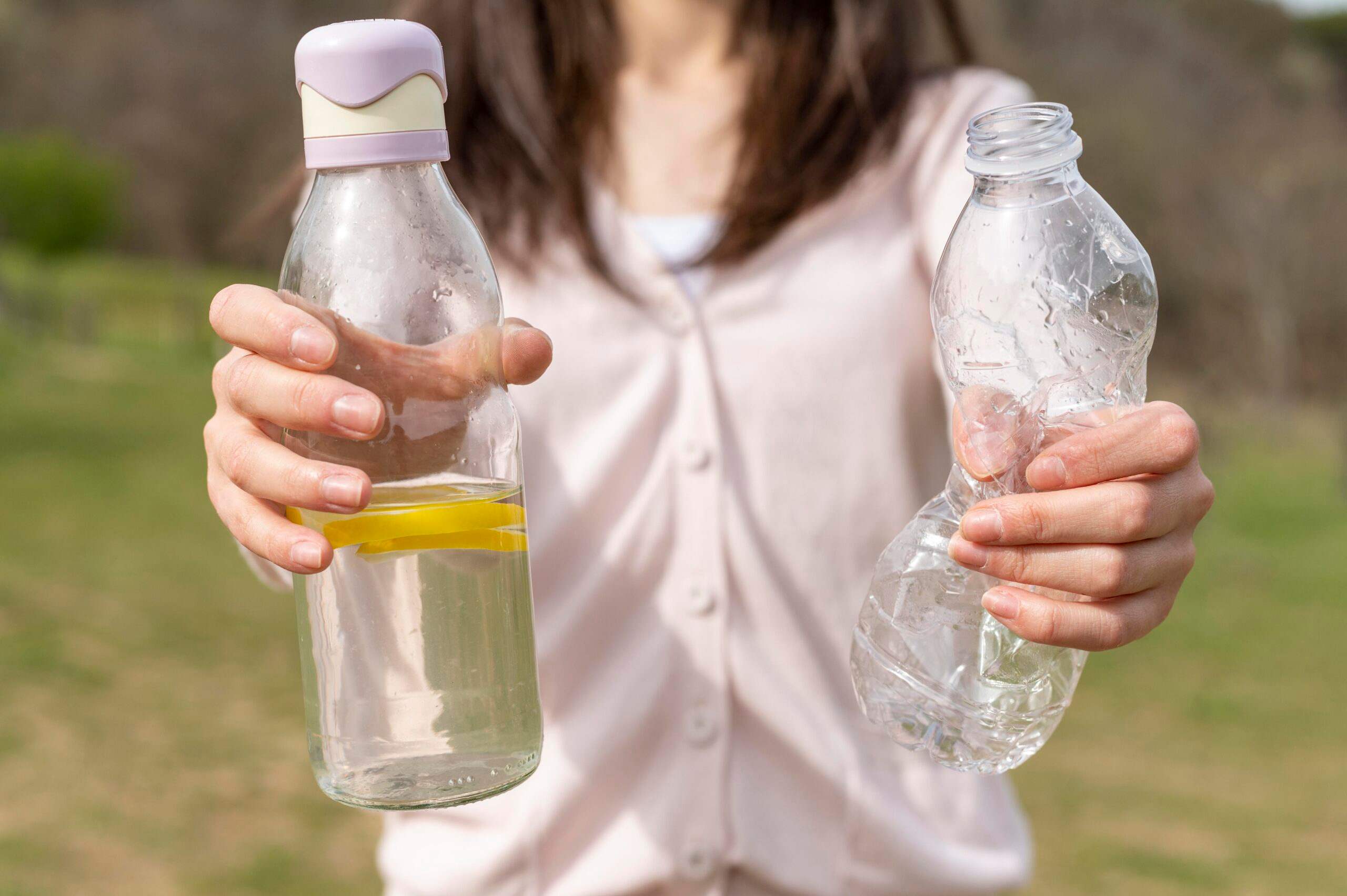How Much Waste Does the Average Indian Generate?
In the narrow alleys of old Delhi or the swanky apartments of Bengaluru, waste is one thing every household, rich or poor, produces daily. While we often toss our garbage without a second thought, India’s growing mountain of waste is silently piling up, becoming one of the biggest environmental challenges of our time.
How much waste does one Indian generate?
On average, each person in India generates around 340 grams of municipal solid waste every day. That might not sound like much—roughly the weight of a small packet of chips or a medium-sized apple. But when multiplied by over 1.4 billion people, the numbers quickly become overwhelming.
In total, India generates around 150,000 tonnes of waste every single day.
(Quick math: one tonne = 1,000 kg. Now imagine that being dumped daily, everywhere. And here’s the worrying bit—this number is climbing. By 2025, that 340 grams per person could double to 700 grams a day. That’s nearly a full kilo of waste per person. Every day. Let that sink in.
What kind of waste comes out of an Indian household?
Indian households, regardless of income level, generate a wide variety of waste every day. From food scraps to packaging materials, the waste we produce can be broken down into several key categories. Understanding these categories is the first step toward realising the scale of the problem and the changes we can make. Let’s take a closer look at what makes up our daily waste:
 India generates around 1,50,000 tonnes of waste every single day
India generates around 1,50,000 tonnes of waste every single day
1. Wet Waste (Biodegradable)
- Leftover food
- Fruit peels
- Tea leaves
- Garden waste
Think about the scraps left behind after a meal—those fruit peels, tea leaves, leftover rice, or even garden trimmings. This type of waste is something almost every household deals with. In fact, wet waste accounts for over 50% of India’s total waste. Though it’s biodegradable, the problem arises when we mix it with non-biodegradable materials.
This often makes it difficult to process and manage effectively. But imagine if we took just a moment to separate our wet waste, and instead of sending it to a landfill, we composted it. Not only would we drastically reduce the waste burden on our landfills, but we’d also enrich the soil in our own gardens. Small changes in how we handle our food scraps and garden waste can have a lasting impact on both our environment and our communities.
2. Dry Waste (Non-Biodegradable)
- Plastic wrappers
- Paper and cardboard
- Glass bottles
- Cans and metals
We’ve all been guilty of tossing a plastic wrapper or a cardboard box in the bin. This category, which makes up about 25-30% of our daily waste, is recyclable, but only if it’s properly sorted. Unfortunately, when wet waste gets mixed in, it contaminates these recyclables and makes the process much harder.
 Plastic wrappers are recyclable, so it is important to sort them properly
Plastic wrappers are recyclable, so it is important to sort them properly
3. Domestic Hazardous Waste
- Batteries
- Old medicines
- Cleaning sprays
- Sanitary pads
These might not always seem like they belong in the same trash can, but they do. And they need special handling. Improper disposal of these can lead to soil and water contamination. For instance, throwing away batteries without recycling them can release harmful chemicals into the ground.
4. E-waste
- Old mobile phones
- Broken gadgets
- Wires and cables
With the rapid pace of technological advancement, e-waste is becoming a significant issue. In fact, India is the third-largest producer of e-waste globally. Many of us probably have an old phone or laptop lying around, gathering dust. If not disposed of correctly, e-waste can cause serious environmental harm.
 It is important to dispose of e-waste correctly, or it can cause serious environmental harm
It is important to dispose of e-waste correctly, or it can cause serious environmental harm
Urban vs rural: A tale of two wastes
Have you ever wondered how waste generation differs between cities and villages? Urban areas like Delhi, Bengaluru, and Hyderabad are trash hotspots, with each person producing 500 grams or more of waste daily. Why? The sheer consumption levels in cities are much higher—think takeout food, packaging, electronic devices, etc.
In contrast, rural areas typically generate less waste, but lack of infrastructure and awareness often lead to improper disposal practices. So while they might produce less waste, it’s still an issue that needs attention.
What does this mean for you?
Now that you have a sense of how much waste is generated each day, here’s the big question: What can you do about it?
It might seem like the problem is too big to tackle, but small changes at an individual level can really add up. You’re not alone in this—you’re part of a much larger effort that, if done collectively, can make a world of difference.
 Small changes at an individual level can help to segregate and manage waste in India better
Small changes at an individual level can help to segregate and manage waste in India better
1. Start segregating your waste
It’s simple, but it works. Separate wet waste from dry waste, and make sure recyclables are clean before tossing them in the bin. This will go a long way in helping recycling efforts. It’s one of the easiest ways to have an immediate impact on how much waste gets dumped in landfills.
2. Compost wet waste
Instead of throwing away your food scraps, try composting. It’s easy to do at home and can enrich your garden’s soil. Plus, it keeps a huge chunk of your waste out of the landfill.
3. Reduce your plastic use
Switch to reusable bags, bottles, and containers. Every time you avoid plastic, you’re making a difference. The average Indian household uses a lot of plastic, and it doesn’t decompose easily.
 You can switch to reusable bags and bottles to reduce the use of plastic
You can switch to reusable bags and bottles to reduce the use of plastic
4. Dispose of e-waste responsibly
That old phone sitting in your drawer? Don’t throw it away. Take it to an e-waste recycling centre or donate it. Proper disposal keeps hazardous materials out of the environment.
Let’s rethink our trash, together
So, the next time you toss something in the bin, think about how much of it could be reused, recycled, or composted. Small habits—like switching to a reusable water bottle or separating your food scraps—can make a huge difference in the long run.
At the end of the day, the waste problem is entirely within our hands to solve. It’s not about being perfect—it’s about doing our part. And every step you take adds up.
Edited by Leila Badyari
News